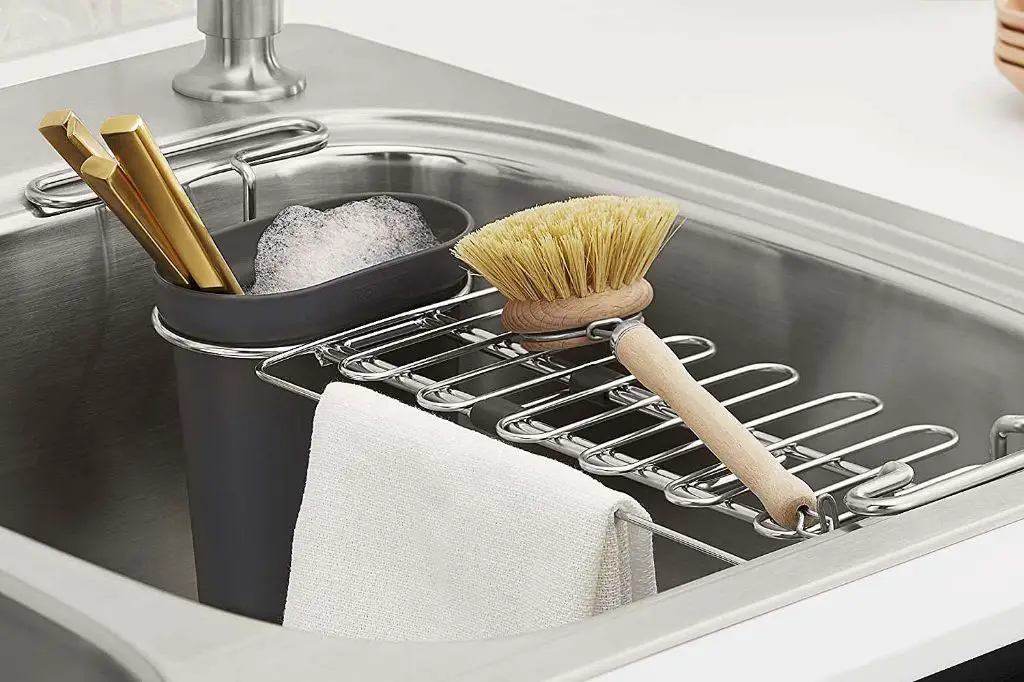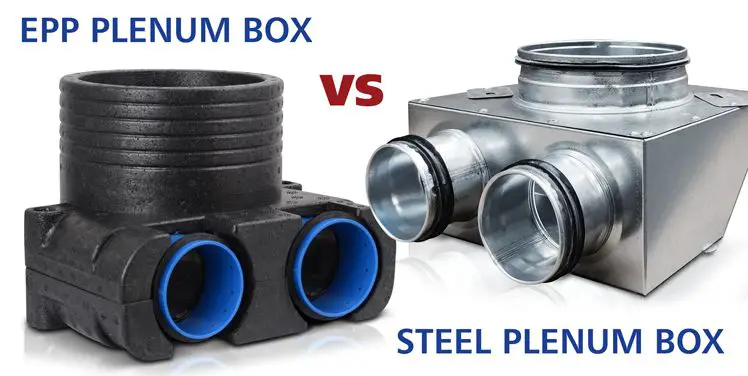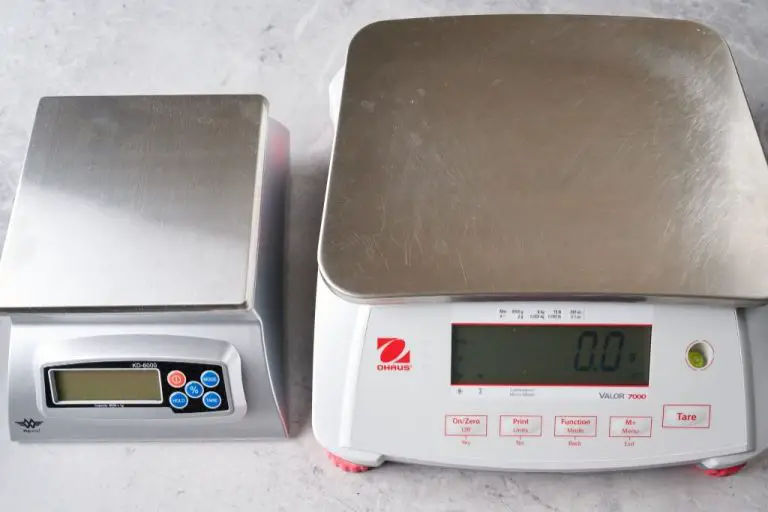Do You Need A Sponge Holder?
What is a sponge holder?
A sponge holder, also known as a sponge forceps or sponge holding forceps, is a specialized surgical instrument used to grip and manipulate a sponge during surgical procedures (https://surgicaltechie.com/sponge-holder/). It consists of a long handle with a hinged end containing serrated tips or prongs designed to securely clasp a sponge (https://www.encyclo.co.uk/meaning-of-sponge_holder).
The main purpose of a sponge holder is to provide a way for surgeons and surgical assistants to grip, manipulate, and apply sponges during surgery while maintaining sterility. Key uses include absorbing fluids, blotting bleeding sites, cleansing incisions, and protecting tissue from drying out or trauma. The serrated tips allow the sponge to be held securely without slipping.
Sponge holders are an indispensable tool for any surgical procedure involving sponges. They allow controlled use of sponges in the sterile field while minimizing the risks of contamination or loss of sterility. Proper use of a sponge holder is considered a fundamental surgical skill.
Pros of using a sponge holder
One of the biggest benefits of using a sponge holder is that it helps keep your sponge dry between uses. When a sponge is left sitting in your sink or on your counter, it stays damp and this moisture promotes the growth of mildew and bacteria (source). Storing your sponge in a holder allows air to circulate and helps it dry out fully before the next use. This extends the life of your sponge so you don’t have to replace it as often.
Sponge holders also prevent mildew growth by allowing the sponge to dry thoroughly between uses. Mildew thrives in damp environments so storing your sponge in a holder inhibits mildew growth. This keeps your sponge fresher for longer.
Additionally, a sponge holder provides handy storage for your sponge. It gives your sponge a designated place to live instead of cluttering up your countertops or getting lost in the sink. The holder keeps your sponge easily accessible when you need it.
Cons of Using a Sponge Holder
While sponge holders offer some benefits, there are also some potential downsides to consider:
Added cost – Sponge holders require an upfront investment to purchase. This adds to the costs of outfitting an operating room or surgical kit (Source).
Takes up space – Sponge holders take up valuable real estate in the surgical field. The space occupied by the sponge holder could limit maneuverability for the surgical team (Source).
Need to remember to use it – The sponge holder does no good if the surgical team forgets to consistently place sponges in it. Team members have to actively remember to utilize the sponge holder for it to be effective.
Types of Sponge Holders

There are several common types of sponge holders to choose from based on your needs and kitchen setup:
Suction Cup Sponge Holders
Suction cup sponge holders attach directly to your sink or countertop using a rubber suction cup. They often have an open basket design to allow the sponge to dry out between uses. Suction cups come in a range of materials like plastic, stainless steel, or silicone. They can hold the sponge in place conveniently next to the sink. However, the suction may weaken over time and they tend to collect water in the bottom.[1]
Weighted Sponge Holders
Weighted sponge holders have a heavy solid base that sits on your countertop. The weight keeps them from sliding around. They come in many cute shapes and sizes to match your kitchen decor. However, they take up counter space and may tip over if bumped.[1]
Hanging Sponge Holders
Hanging sponge holders attach under your sink or cabinet with adhesive or screws. They keep the sponge off the counter and allow it to dry out fully between uses. However, they put the sponge out of convenient reach. You’ll have to reach under when you need it.
Countertop Sponge Holders
Countertop sponge holders sit freely on your counter or can attach to the sink with suction cups. They often have drainage holes or mesh bottoms to keep the sponge dry. Countertop holders come in many materials like ceramic, stainless steel, and plastic. They provide easy access to the sponge. But they take up precious counter space.
Over Sink Sponge Holders
Over sink sponge holders sit in your sink basin and grip the sink with adjustable prongs. They hold the sponge right by the faucet for convenient access when washing dishes. However, they can get in the way when using the sink and are not compatible with all sink types.
[1] https://www.etsy.com/market/sponge_holder
Materials for Sponge Holders
Sponge holders come in a variety of materials, each with their own pros and cons. Some of the most common materials for sponge holders include:
Plastic
Plastic sponge holders like this one are typically inexpensive and come in many colors. They are lightweight and often have ventilation holes to allow the sponge to dry. However, plastic can start to smell if not cleaned regularly and may not last as long as stainless steel or ceramic options.
Ceramic
Glazed ceramic sponge holders like this model from Yamazaki allow the sponge to air dry and can match your sink decor. Ceramic is attractive and durable, though it can chip or break if dropped. Ceramic holders without holes will not ventilate as well as other materials.
Stainless Steel
Stainless steel sponge holders like this one from Doyle’s Shamrock are rust-resistant, durable, and sanitize well. The open design allows for ventilation and drainage. Stainless steel may show water spots and fingerprints that require frequent cleaning.
Silicone
Flexible silicone sponge holders often attach directly to the sink for convenience. Silicone is non-porous so it resists odors and mildew. It can flex to hold sponges of different sizes. However, silicone may not stand up over time as well as other materials.
Do you really need one?
Whether or not you need a sponge holder depends on a few factors:
Frequency of sponge use: If you use your sponge multiple times a day for dishes and wiping counters, a holder can help the sponge dry out between uses so it doesn’t get mildewy as fast. If you only use a sponge occasionally, drying isn’t as much of an issue.
Available storage space: Sponge holders take up very little space, often designed to fit over the sink lip or attach to the faucet. If storage space is limited, a holder allows you to neatly store the sponge out of the way 1.
Existing drying methods: Some people simply place their sponge on a dish rack or windowsill to air dry. If your current drying method keeps the sponge mildew-free, a holder may not be needed. Holders excel at air drying and ventilation while keeping the sponge off dirty surfaces.
In summary, frequent sponge users in tight spaces will get the most utility from a holder. But they’re far from essential and plenty of people get by just fine without one. Consider your own habits and setup before deciding.
Tips for using a sponge holder
Using a sponge holder properly can help extend the life of your sponge and promote better hygiene. Here are some tips:
Squeeze out excess water from your sponge after each use and allow it to dry thoroughly before putting it back in the holder. Bacteria thrive in moist environments, so removing excess moisture helps prevent mold and bacterial growth. Let your sponge air dry on a dish rack or hang it over the faucet to allow both sides to dry completely.
Store the sponge holder in a well-ventilated area, not inside cabinets. This allows airflow around the sponge so it can dry faster. Keeping it in open air prevents musty odors (https://doyleshamrock.com/product/kitchen-sponge-holder/).
Clean the sponge holder regularly. Use hot water and soap or put it through the dishwasher frequently to kill germs that accumulate over time. It’s recommended to replace your sponge every 2-3 weeks, and to completely replace the holder every 3-4 months.
Following these simple tips will help you get the most out of your sponge holder and promote better kitchen hygiene.
Caring for your sponge
Proper sponge care is essential for maintaining a clean kitchen. Here are some tips for keeping your sponges fresh and germ-free:
Replace your sponge every 4 weeks or so. Sponges naturally harbor bacteria over time, even with regular cleaning. Replacing them monthly helps prevent the spread of germs (source).
Disinfect sponges with a diluted bleach or vinegar solution. Soaking the sponge for 5-10 minutes in a mix of 1 teaspoon bleach to 1 quart water helps kill bacteria. Alternatively, you can soak in undiluted white vinegar. Both methods sanitize the sponge (source).
Avoid cross-contaminating surfaces. Use one sponge only for dishes, another for countertops, etc. Color coding your sponges can help keep them separate. This prevents spreading germs from high-risk areas like the sink or toilet (source).
Allow sponges to dry completely between uses. Bacteria thrive in the moist environment of a damp sponge. Letting it dry in between cleanings prevents bacterial overgrowth.
With proper care and replacement, sponges can be kept fresh and hygienic for day-to-day cleaning tasks.
Eco-Friendly Sponge Alternatives
For those looking to reduce waste and use more sustainable kitchen tools, there are several effective eco-friendly alternatives to traditional plastic and synthetic sponges:
Silicon scrubbers are a popular option made from food-grade silicon, which is naturally antimicrobial. They are extremely durable and can last for years with proper care. Silicon scrubbers come in fun shapes and colors, provide good scrubbing power, and can be easily cleaned in the dishwasher Is There a Dish Sponge Alternative?.
Dish cloths made from natural materials like cotton, bamboo, and hemp are reusable, washable, and compostable at the end of their lifespan. They offer an absorbent and soft alternative for cleaning dishes, countertops, and other surfaces. Dish cloths are available in packs for convenience 12 Best Eco-Friendly Alternative to Sponges 2021.
Plant-based sponges made from materials like cellulose, coconut husks, and loofah are biodegradable and non-toxic. They provide scrubbing power while generating less waste compared to traditional sponges. Look for sustainably harvested materials when choosing plant fiber sponges 17 Eco-Friendly Kitchen Sponges You Didn’t Know Existed.
Summary
In summary, sponge holders can be useful for many reasons but aren’t an absolute necessity. The main pros of sponge holders are that they allow your sponge to dry out thoroughly between uses, prevent it from sitting in dirty water or spreading germs, and keep it neatly stored and organized. However, the main cons are the added cost and need for storage space.
Sponge holders are most useful for kitchens that don’t have space to store a sponge separately or enough room in the sink for it to drain. They are also great if you have multiple sponges for different purposes or want to prevent cross-contamination. However, if you only use one sponge at a time and have plenty of space for it to dry out, a holder may not be required.
Overall, sponge holders can be a helpful accessory but are not an absolute essential. Consider your available storage, number of sponges, and drying space to decide if purchasing one would truly benefit your kitchen.






